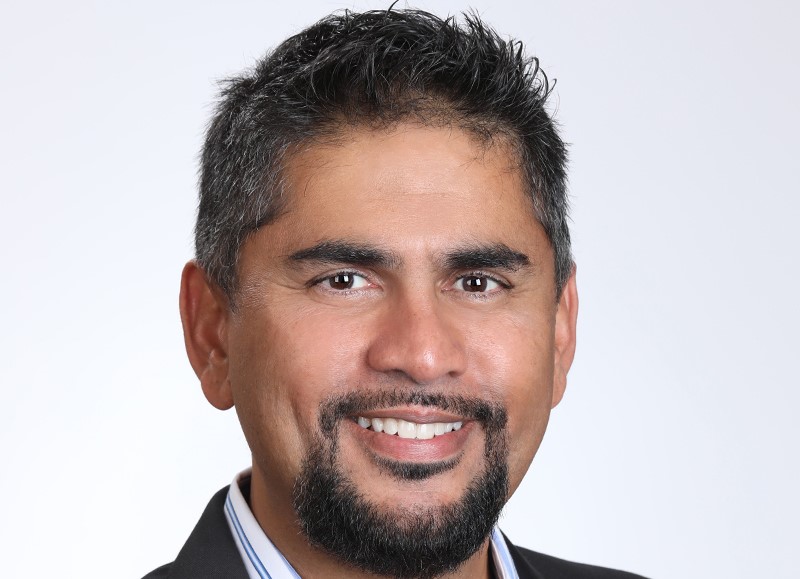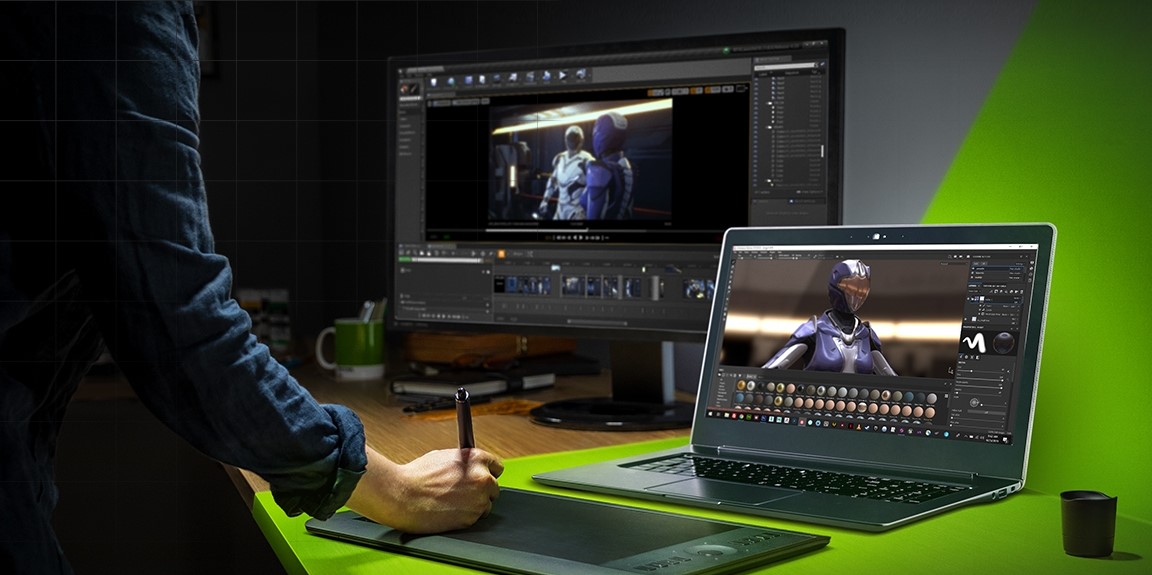Sid Siddeek has turned Nvidia's NVentures into one of the world's most active CVCs, and he says drug development is just one area AI will transform.

Graphics chipmaker Nvidia might seem a surprising life sciences investor, but the sector is a natural fit for an artificial intelligence specialist, says Mohamed (Sid) Siddeek, head of corporate venture capital subsidiary NVentures.
NVentures formally emerged in early 2023 as its parent, previously best known for the graphics cards used in video games, was beginning its climb to become the world’s third most valuable company on the back of the chips that power so many generative AI products.
The unit has since become one of the world’s most active CVC investors, with biotech a key focus. Siddeek says the length and complexities of the drug discovery process mean there is plenty of scope for compute power to make an impact.
“If you look at the stats, the probability of failure is huge from stage to stage to stage, and the costs are also pretty immense,” he says. “It’s something like $1bn to take a single drug right through, and then you don’t even know whether it’s going to succeed or not.
“What you do now is what we call tech bio – you’re combining compute with the drug discovery process on the front end. We are simulating a bunch of potential targets and interactions and coming up with a list of drugs that could potentially work. It enhances the probability of success because you’re doing a lot of things in silico even before you get to the wet lab.
“You still need the wet lab and the whole clinical trial process,” he adds. “But this gives you a great starting point by giving you a set of drugs that have a high probability of working out.”
NVentures invests in area that can connect with AI, Siddeek says. That means not only drug developers like Relation Therapeutics or Terray Therapeutics, but dental surgery robotics startup Neocis and 3D metal printer developer Seurat Technologies. But the fund’s deals are still largely rooted in AI tech and it is taking further sideways expansion slowly.
“We’ve spent a bit of time in healthcare and done some investments in manufacturing,” Siddeek says. “Hopefully, there will be more to come down the road. And then, financial services would be interesting, we haven’t really done anything out there. There are others out there, obviously, but the thesis is that AI will touch every single industry out there, so by default there are going to be interesting opportunities in every segment, every vertical. But we’re approaching it one at a time.”

Nvidia’s two-pronged corporate venture strategy – and what it looks for in an investment
Although NVentures was not formally announced as a unit until last year, Siddeek (left) actually rejoined Nvidia in 2021 after 17 years away, having most recently logged nearly two years at Softbank’s Vision Fund (the culture there was “very different” to Nvidia, he says) following nearly a decade as head of the and telecoms investments for UAE’s Mubadala.
The unit is actually one of two investment arms at the company, concentrating on early-stage investments while the larger, more directly strategic deals – like Nvidia’s commitments to nine-figure rounds for humanoid robot developer Figure and French generative AI startup Mistral – come out of its corporate development team, led by Vishal Bhagwati.
NVentures, which invests from the corporate balance sheet, can meanwhile concentrate more on seeking returns from companies that can benefit from using Nvidia’s technology, typically providing a few million dollars to tens of millions per deal.
“We do have a strategic component in terms of investing in companies that are relevant to Nvidia, but we have a returns focus as well, which Vishal doesn’t,” Siddeek says.
“They focus on enhancing Nvidia’s platform, and they do that through acquisitions, partnerships and investments. We focus on enhancing the platforms of companies that we invest in, through all the technical and go-to-market excellence we have at Nvidia. In terms of focus, it’s very different.”
Siddeek did not disclose how big the NVentures team is and it does not make use of Nvidia’s computing power to filter investment opportunities – GV famously utilised Google technology in an algorithm that selected portfolio companies – though Siddeek says it may do in future. Instead, it has a relatively traditional way of finding investments, largely focused on the team.
“We look at the strength of the team, the pedigree, the experience level and how deep the bench is“
“We look at the strength of the team, the pedigree, the experience level and how deep the bench is,” he says. “Also, personal characteristics – humility is something we look for and the team is very important for us. The second piece is the technology platform. How robust is it, not just today, but how enduring will it be over the next five or 10 years? Given we are a technology company, we spend a lot of time kicking the tyres on that.
“The third is market potential, is it a large market that’s been disrupted, or is it what we call a zero-billion dollar market – something brand new that has been created? That’s what we look at when we consider every investment. Then, there are other things we look at on a case-by-case basis, depending on the stage, or whether it’s in biotech or autonomous driving.”
Ultimately, NVentures is now at the point where the market knows who they are, and they have built relationships both internally and externally, Siddeek says. Now it wants to find the next level of market needs and opportunities while growing the ecosystem around Nvidia.
“Ultimately, it’s all about the ecosystem for us,” he says. “We do this in so many different ways and NVentures is just one vehicle to do that.”









